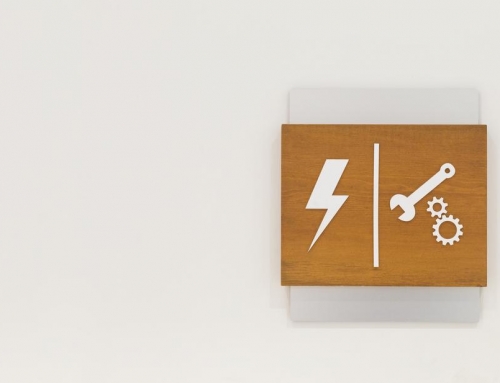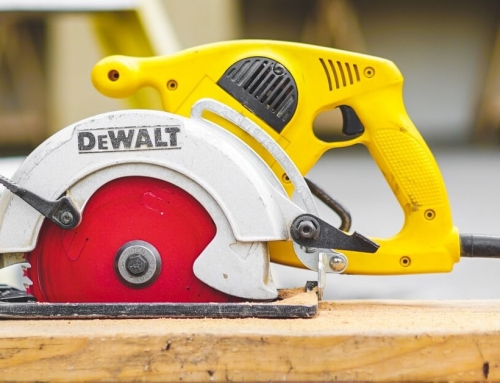Knowing the reasons behind a risk will help you manage it. At Jim’s Test & Tag, we offer electrical safety testing services to businesses around New Zealand. Our technicians come face to face with some of the causes of electric shock on a daily basis.
Manage the risks in your building now with this helpful electrical shock guide. If you have any questions, please get in touch. If you (or someone around you) has suffered an electrical shock, please contact emergency services immediately.
Common Causes of Electric Shock
Here are some of the main culprits:
- faulty or damaged appliances
- damaged or frayed extension cords and leads
- electrical appliances that have come in contact with water
- dangerous or deteriorated electrical building wiring
- a fallen powerline
- lighting strike
- damaged or faulty circuit protection
These are only some of the most common causes of electric shock. The risks will change depending on the environment you are working in. To avoid electrical shock in your workplace, you should conduct a risk assessment.
Here are some other ways you can manage the risks.
Faulty or Damaged Appliances
The best way to keep an eye on your appliances is regular testing and tagging.You are required to provide safe equipment to your employees. At Jim’s Test & Tag, we inspect appliances for businesses across the nation. We help identify and eliminate issues before they do any damage to your team members. An appliance testing regime will greatly decrease the chance of an electric shock in your workplace.
Appliance testing includes extension cords and leads. Basically, anything that plugs in should be tested. You can find out more about your appliance testing obligations by browsing through our website and calling us to chat to your local technician.
Appliances and Water
In planning the set up of your workspace, make sure the power points are not near sinks, taps, or any other wet area. When you’re plugging in an appliance, make sure the cords are not in an area where water is used and avoid trip hazards.
Check the instructions/user manual that came with your equipment. It will have safety instructions and will help you use the appliance without hurting yourself (or someone else).
Dangerous Wiring
If you spot any visible wires, or frayed wires in your building, contact an electrician immediately. If you’re renting contact the property manager to report the issue. Make sure your team members are aware of the hazard and keep the area clear.
Fallen Powerlines and Lighting
These causes of electric shock are ones we can have little control over. If you’re worried about a power line in your area, you can contact your local council. If you’re concerned about staff safety, give them some training about how to treat an electric shock and how to avoid one. Subscribe to weather alerts and stay indoors during lighting storms.
Circuit Protection
Having a functioning RCD (residual current device) will save lives. This circuit protection device will detect dangerous activity and switch the power off – limiting the damage an electric shock can cause. This can mean a small electric shock instead of something fatal, or no electric shock at all.
Contact Jim’s Test & Tag Today
We offer RCD testing and appliance inspection services to people all around New Zealand. Call us now or fill in the online form for a free quote.
Stop electric shock today.







